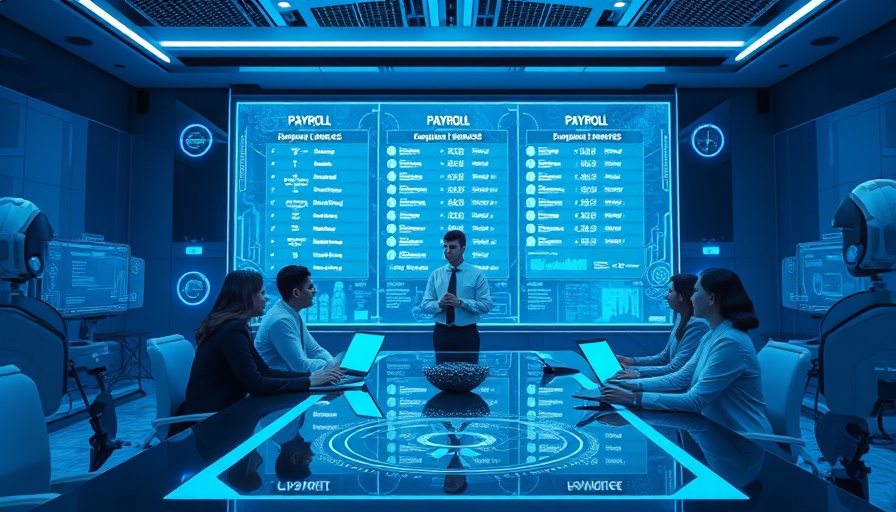
Understanding the Shift: Why Work Needs Redesign
As society evolves, so too must our approach to work. Over the last few years, the demand for better work-life balance, employee autonomy, and overall job satisfaction has surged. This shift isn’t just about convenience; it’s about recognizing that a fulfilled employee is a productive employee. In this article, we delve into why redesigning work structures is crucial for the future, reflecting on the whispers of change resonating through workplaces worldwide.
Historical Context: The Changing Landscape of Employment
From the Industrial Revolution to the advent of the digital age, work has continuously transformed. Historically, the emphasis was on productivity at all costs, often leading to burnout and dissatisfaction. However, the modern employee is more vocal than ever about their needs. According to recent studies, 75% of workers want more flexibility in their roles, highlighting a significant shift from traditional work models. These findings pave the way for a new era where work-life balance is not an afterthought but a foundation for success.
The Value of Autonomy: Empowering Employees
Autonomy stands at the heart of modern workplace restructuring. Employees increasingly desire the freedom to manage their schedules and work environments. Research shows that organizations granting autonomy experience a 20% increase in productivity. This empowerment is not just about tasks; it’s about trust, engagement, and fostering a culture that values employee well-being. When workers feel trusted to make decisions, they are more likely to take ownership of their roles and drive innovation.
Balancing Work and Life: A New Paradigm
The pandemic has amplified discussions around work-life balance, revealing the stark realities many face. Surveys indicate that 65% of employees report experiencing burnout, directly correlating with poor work-life balance. Organizations that prioritize employee mental health and well-being through flexible work options are not only retaining talent but also attracting top-tier candidates. This balance is essential in creating a sustainable workforce, where employees can thrive both personally and professionally.
Future Predictions: Trends Reshaping the Workplace
Looking ahead, several key trends are set to reshape our work environment. Hybrid work models that blend remote and in-office work are expected to become the norm. Companies will increasingly invest in technologies that support collaboration and enhance productivity outside traditional office spaces. Additionally, mental health days and wellness programs will become standard offerings, as organizations recognize the importance of supporting their employees’ psychological well-being.
Embracing Diverse Perspectives: Counterarguments and Challenges
While the movement towards redesigning work for autonomy and balance is gaining momentum, it’s important to consider contrasting viewpoints. Some argue that too much flexibility can dilute accountability and engender a lack of focus. Balancing structure with autonomy is critical, as companies seek to ensure that while employees have freedom, they also meet their organizational goals. Constructive dialogue between employers and employees about expectations will pave the way for customized solutions that suit diverse work styles.
Making Informed Decisions: Practical Insights and Tips
Organizations looking to implement these changes need to take actionable steps. Start by gathering employee feedback through surveys and focus groups to understand their needs and wants. Implementing pilot programs for flexible work hours or remote working arrangements can provide insights into what works best. Training managers to lead with empathy and trust is also vital, ensuring that they support their teams in navigating these transitions smoothly.
Conclusion: The Path Forward
The future of work is evolving, and it is clear that autonomy and balance are at the forefront of redefining what it means to be an employee in today’s world. As companies reevaluate their strategies, the emphasis on creating work environments that prioritize employees’ well-being will determine their success. The conversation surrounding work redesign is just beginning, and embracing this change will unlock a more engaged, fulfilled, and productive workforce.
 Add Row
Add Row  Add
Add 




 Add Row
Add Row  Add
Add 

Write A Comment